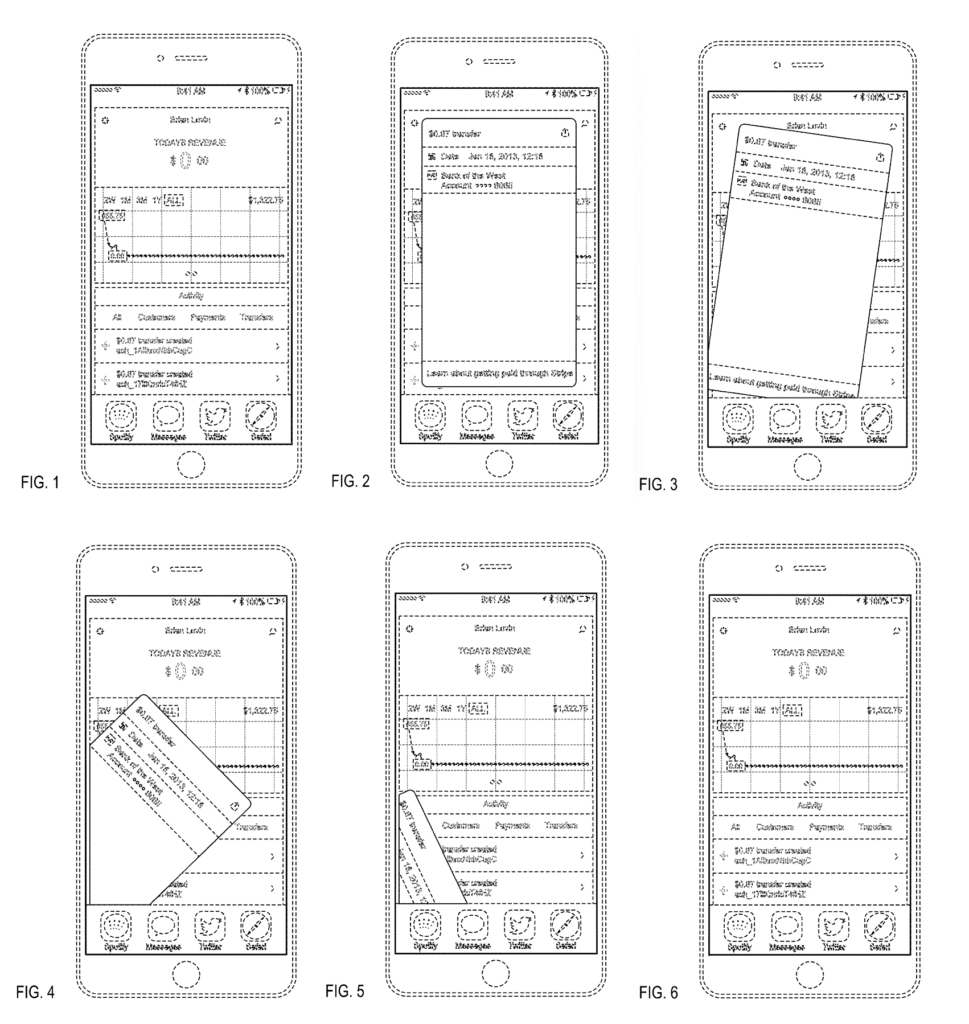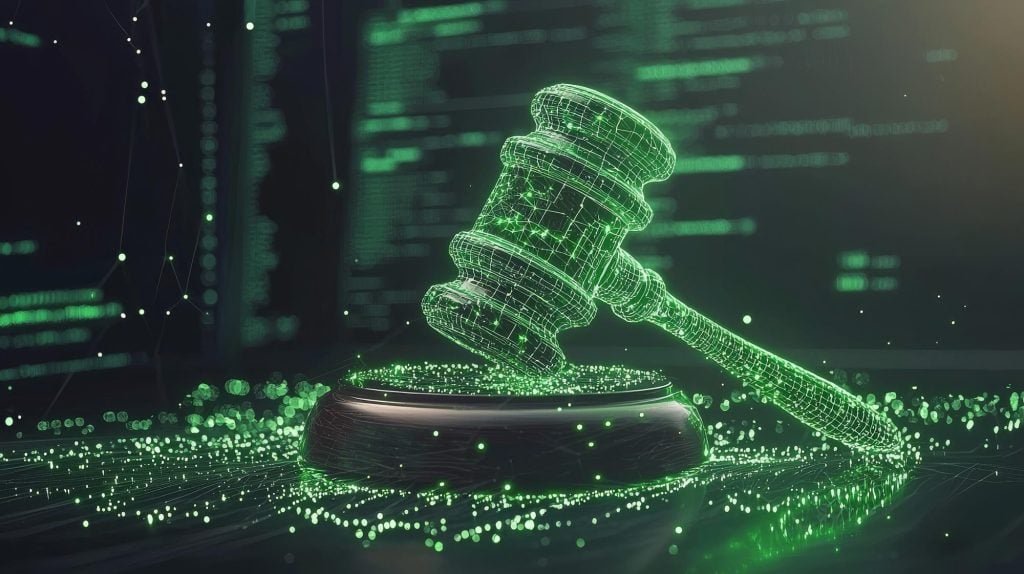We all have heard stories of founders that worked hard to build their software and went to pitch their ideas to investors, only to have their key features stolen or modeled by a direct competitor. Someone who is experienced in business transactions knows when others are tipping their hand, and some are more than willing to give you audience only to take your ideas and know-how.
These risks are particularly prevalent in the software industry, where innovation occurs at the speed of thought and pitching an idea inevitably exposes the idea for others to copy. But even when everyone is acting in good faith, one wrong move can put your intellectual property in jeopardy.
How can you share your ideas and your software with investors and potential customers while keep your intellectual property secure? First, you need to know what to protect. Then, you need to protect it. In this article, we show you how to protect your software when pitching investors so you can rest assured that your intellectual property is safe.
Understand the importance of your intellectual property
Your software, ideas, products, services, and innovations can be protected by intellectual property laws. Knowing the basics of what is (and what is not) protected by intellectual property laws lets you draw a line between what the world gets to see and what you keep undisclosed. The main types of intellectual property protection are patents, trade secrets, copyrights, and trademarks. Here, we will focus on patents and also discuss trade secrets and trademarks.
Generally, the best tool for protecting innovation is through patents. Software can be protected by utility patents and design patents. (Hardware, including incremental improvements on existing components and devices, can also be protected with utility patents.) For software to be patent-eligible for a utility patent, the software needs to perform features that are novel and proprietary. The code itself is not patentable, but utility patent applications are generally directed to the process of executing the code on a computer. Thus, your first and last line of defense is to not disclose (in writing, on an email, in an elevator pitch, or anywhere else) the processes, steps, and algorithms that your software implements until after you have filed a patent application for those features.
Beyond traditional instruction/algorithm software, software patents may also protect machine learning and artificial intelligence innovations, as shown by one of the latest AirBNB® patents, US Patent No. US 11,200,449, titled Image Ranking System, granted December 14, 2021 (AirBNB Patent). The AirBNB Patent is directed to systems and methods that generate a base visual score for images received by a computing system based on the scene type. Figure 4B of the AirBNB Patent shows a machine learning model architecture of an image ranking machine.

As utility patents protect new and useful innovations, design patents protect new ornamental innovations. Design patent applications are often used to protect graphical user interfaces (GUIs). For a GUI (or any ornamental aspect of another invention) to be eligible for a design patent, the GUI must be ornamental (meaning that the GUI is not tied to or necessary for the function of the software), new and novel, original (not copied from elsewhere), and not obvious to other designers of ordinary skill in the art in light of what already exists, among other requirements. Stripe, Inc. recently obtained an exemplary design patent in the software field, US Design Patent No. US D939,558, titled Display Screen or Portion Thereof with Animated Graphical User Interface, granted Dec. 28, 2021 (Stripe Design Patent). When looking at the following figures from the Stripe Design Patent, notice that the phone and certain parts of the display are broken lines.

The broken lines are not part of the claimed design in the Stripe Design Patent. Instead, the Stripe Design Patent claims the ornamental design for a display screen or portion thereof with animated graphical user interface, as shown by the solid lines in the various figures. However, the process through which one image transitions to another image is not claimed in the Stripe Design Patent. For such process to receive patent protection, the process would have to be described and claimed in a utility patent application, and the utility patent application would have to be granted. To help you better understand what is patentable, we’ve compiled a longer list of recent software patent examples from top companies with a breakdown of their patents.
So now you know that utility patent applications are directed to useful inventions and design patent applications are directed to ornamental innovations. What about when you must go to a meeting or presentation and reveal crucial information, but don’t have the time to file a patent? A first option is to file a provisional patent application. Provisional patent applications are available for utility patent applications, but not for design patent applications. A provisional patent application is often used when the applicant is not ready to file a nonprovisional (meaning regular) patent application. A provisional application allows the applicant to claim in their nonprovisional application the benefit of the provisional application’s earlier filing date. Regarding presentations, pitches, and other disclosures of an invention, the key to properly using a provisional application is to make sure (1) that the ideas and content in the disclosures are included in the provisional application and (2) that the provisional application is filed before making the presentations, pitches, disclosures, etc. Here, “disclosures” can include selling or offering for sale the invention, including products that contain or incorporate the invention. Invention features that are left out of the provisional application do not receive the benefit of the provisional application’s filing date. Those features that are left out should be evaluated as to their innovative, commercial, and legal value before disclosing them.
A second option is to prepare a Non-Disclosure Agreement (NDA). While NDAs might appear simple, the proper preparation of an NDA requires business acumen to properly negotiate the agreement and legal know-how to include all relevant terms. Is the NDA going to be bilateral (both parties cannot disclose) or unilateral (only one party cannot disclose)? Will the NDA include a non-compete clause? What about non-use of the information? What information will the NDA cover? All these questions, and other NDA-related concerns, are fact-specific. Therefore, the proper drafting of an NDA requires an understanding of your situation and needs. A properly drafted NDA can protect your ideas from being poached by competitors. Furthermore, NDAs can also protect your trade secrets.
Create a non-disclosure agreement to protect trade secrets and proprietary information
Generally, a trade secret is information that is not generally known and that gives you or your business a commercial advantage that you would not have if the information was publicly available. Trade secret examples include secret methods, secret recipes, a list of emails, the birthdays of customers, business plans, and contact information of suppliers. A trade secret is maintained as long as the secret information is kept secret. The owner of a trade secret must take reasonable measures to protect a trade secret. A typical problematic situation occurs when a business with secret software processes delivers a presentation to a potential customer, disclosing part of or all the secret processes to the potential customer, without previously obtaining the customer’s signature on an NDA. However, it is also possible to inadvertently disclose secret information and forfeit trade secret protection, for example, when a business with secret software ideas hires an independent contractor to develop and implement the software/ideas without an appropriately drafted NDA. Independent contractors are considered third parties separate from your business. Providing secret information to a third-party independent contractor can be interpreted as a public disclosure terminating trade secret protection. And it gets worse. As intellectual property law generally considers the inventor/creator to be the original owner of any intellectual property developed, hiring a third-party independent contractor (and sometimes even an employee without an appropriate employment contract signed by the employee) can result in the independent contractor (or employee) owning the rights over software, hardware, patents, trade secrets, products, services, and other intellectual property that was developed for you by the independent contractor (or employee).
So, the takeaway is to file a patent application and/or get signed NDAs before disclosing sensitive/secret information. I can just wait until I am ready to file the patents and prepare the NDA, right?
No. The US patent system (and most other countries) is a “first-inventor-to-file” system. That means that whoever files first gets priority over other inventors with the same patent, regardless of who thought about the invention first and regardless of whether you were working hard on developing the invention, coding the software, or building a prototype. Regarding that last point, keep in mind that you do not need a prototype, fully developed software, or a finished invention prior to filing a patent application. Patent applications can be (and often are) theoretical, claiming not just a particular embodiment of your invention, but also claiming alternative versions, as long as those versions incorporate the basic elements as claimed in your patent application. Many businesses file patent applications for alternative products, services, and improvements that they will not build or produce, but that a competitor might use in a competing product or service.
Ok, so now you have protected your ideas with patent applications and/or NDAs. Is there any other intellectual property that could be protected? Yes, trademarks.
Register for a trademark if appropriate and include trademark symbols next to any logos or slogans that are trademarked
When you are pitching ideas to investors, you might have one or more brands in mind for your products or services. You can file one or more trademark applications to protect your brand, the brands, logos, and slogans of your products and services. For example, CVS Pharmacy has filed multiple trademark applications throughout the years. As of the date of this article, there are 345 live trademark registrations and 164 pending trademark applications owned by CVS Pharmacy, Inc., including the marks MADE TO BE MADE AGAIN (Application Serial No. 97074048) for sustainable packaging for prescription drugs, general merchandise, food, health care and beauty products, SYMPHONY (Application Serial No. 90581862) for electronic personal emergency response systems, wearable trackers, and other products, and CVS OPTICAL (Registration No. 5978359) for retail optical store and online retail optical store services and for optometry services. Note that CVS Pharmacy, Inc. is filing for trademarks in various products and services. Furthermore, the three marks above were originally filed as Intent-to-Use applications, meaning that they were filed before CVS Pharmacy, Inc. started to use those trademarks.
For more information on trademarks for startups, follow the link below:
Consult with an experienced IP attorney
Businesses do plenty of things besides pitching ideas to investors or engaging clients. Follow this link to learn about other key situations that call for the filing of a patent application.
Before giving your next presentation or engaging your next client, take our Intelligent IP Quiz to determine the best type of protection you need for your business or schedule a free consultation with an experienced IP patent attorney.




